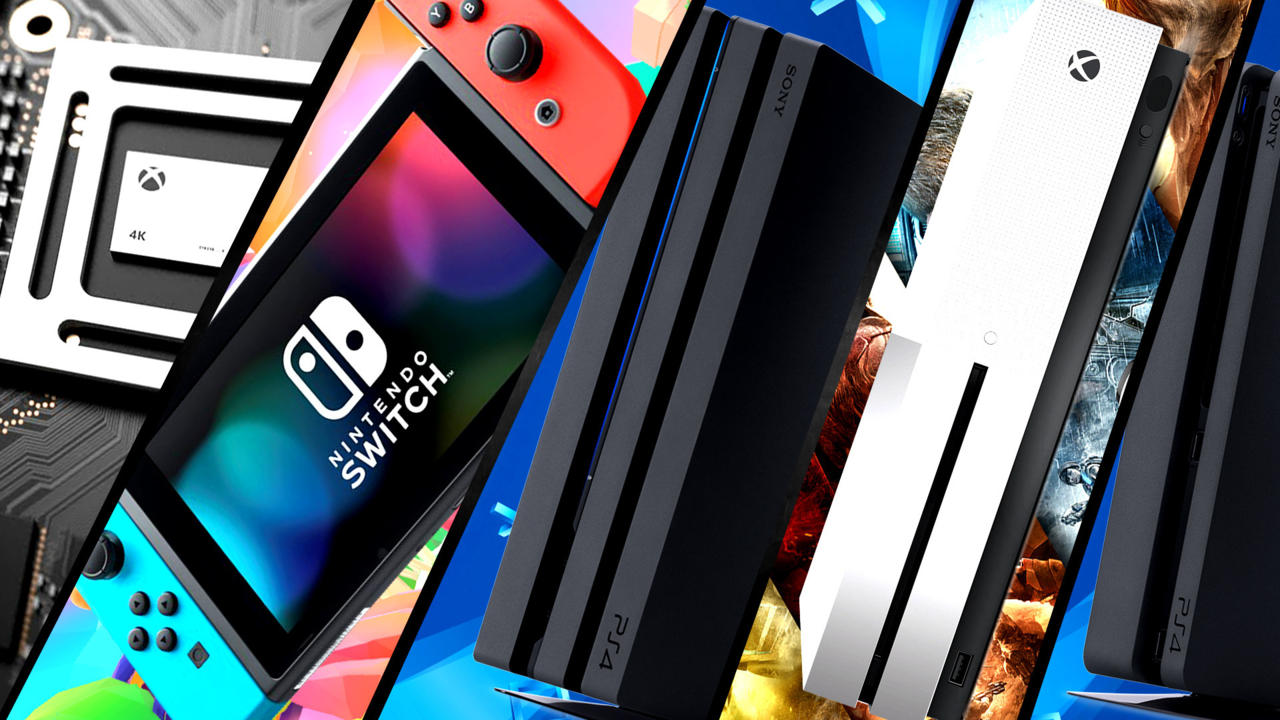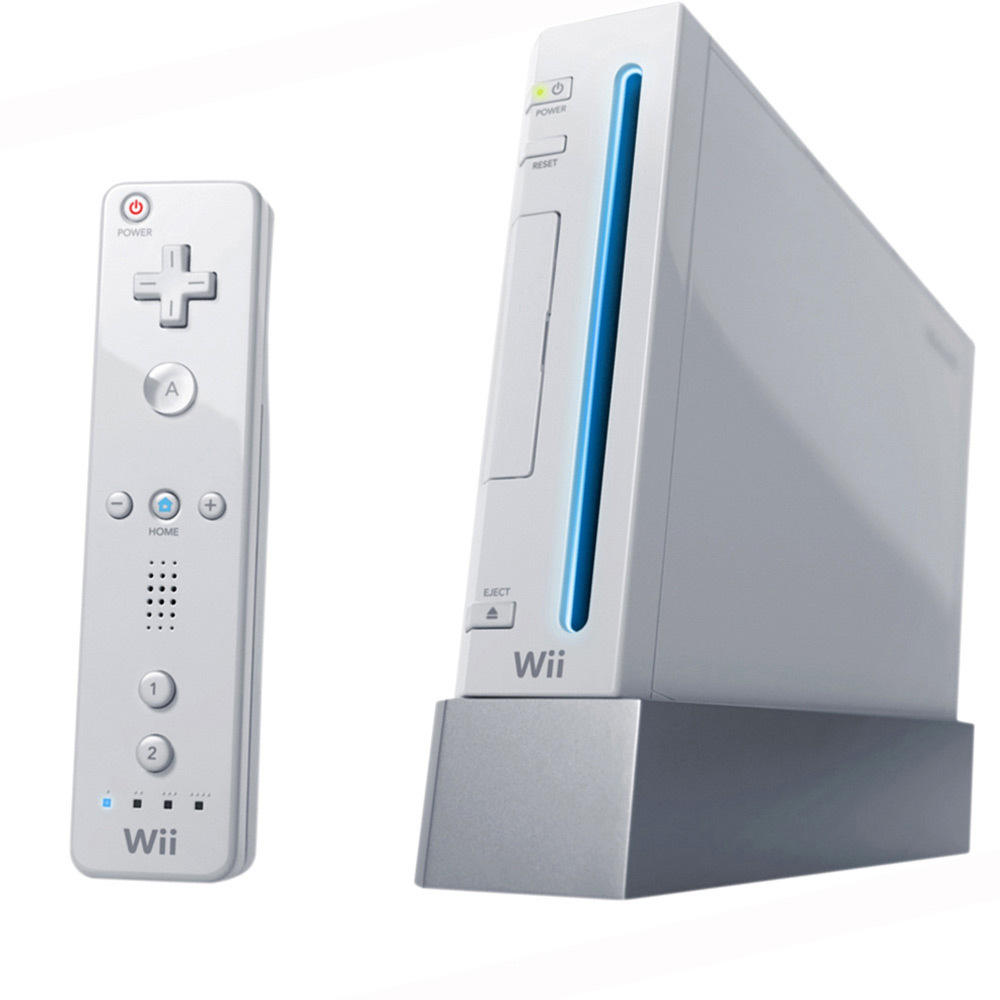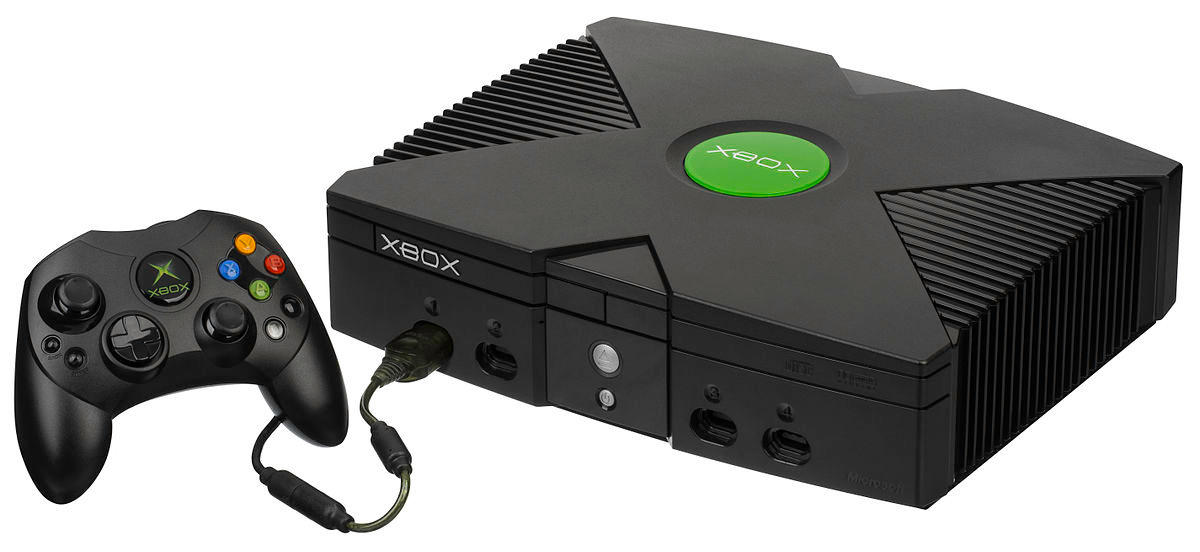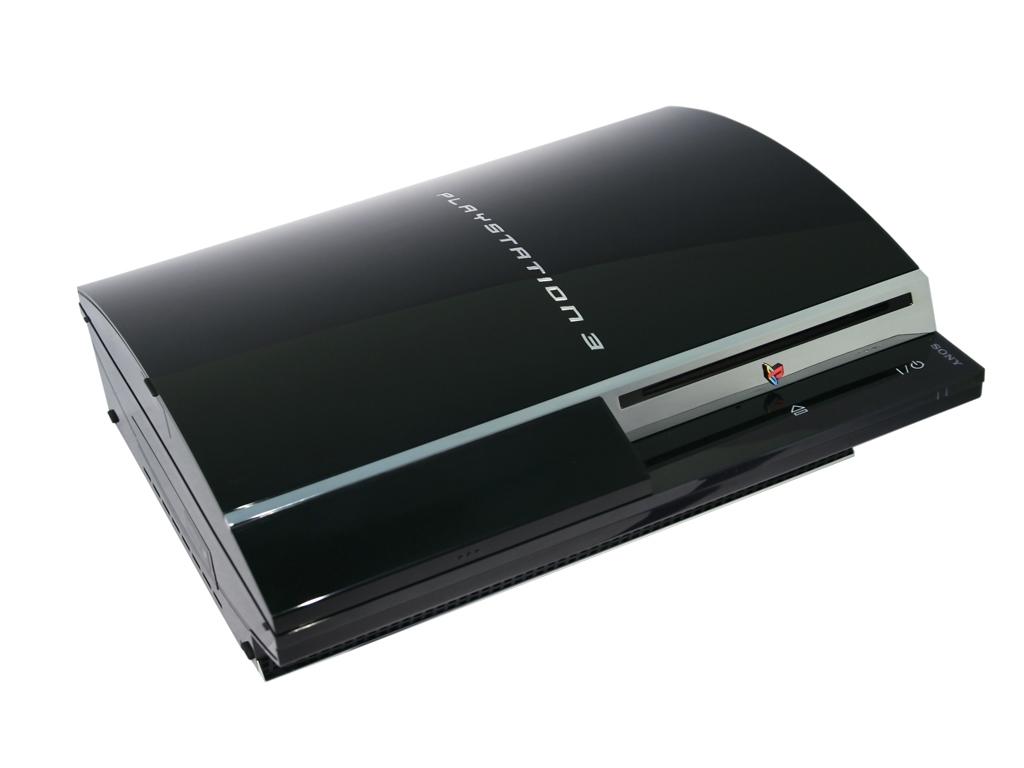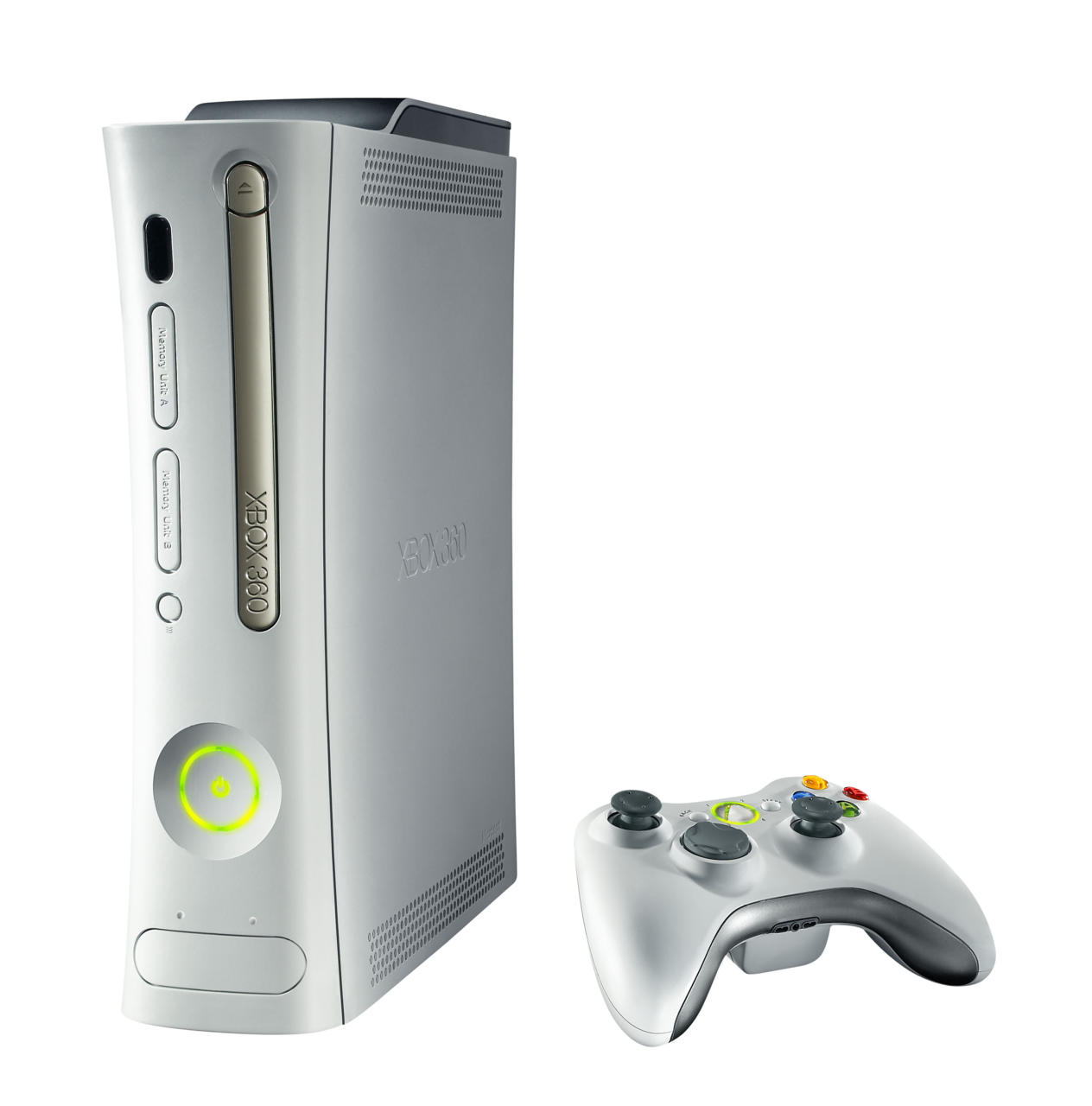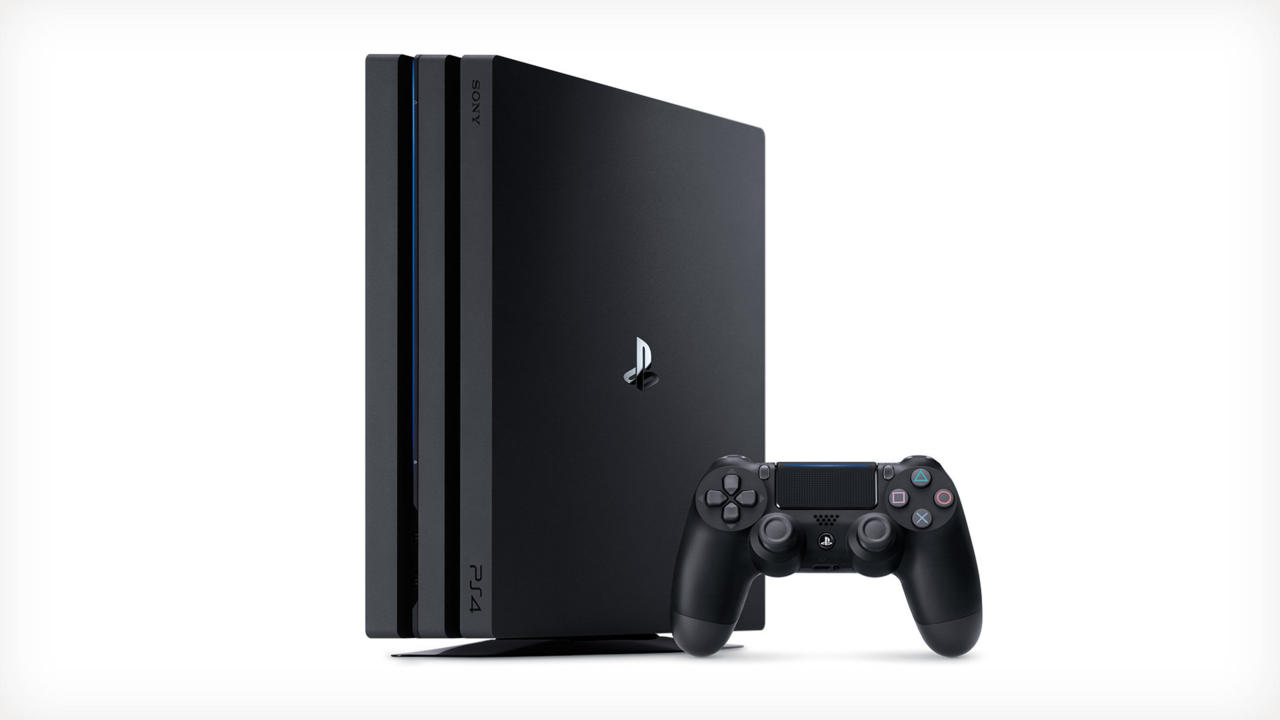Console GPU Power Compared: Ranking Systems By FLOPS
GameSpot may receive revenue from affiliate and advertising partnerships for sharing this content and from purchases through links.
What is a teraFLOP?
Update: As you'll read in our Xbox One X review, Microsoft's upcoming console is capable of six teraFLOPS, but what exactly is a teraFLOP? And which consoles have the most?
We're going to answer those questions and rank the consoles by their FLOPS in this gallery.
What are FLOPS?
They stand for floating point operations per second. They're used to measure a console's maximum graphical potential.
In this story, you'll see us mention gigaFLOP and teraFLOP. The former represents a billion FLOPS and the latter represents one trillion FLOPS.
How do you calculate a teraFLOP?
The basic formula for computing teraFLOPS for a GPU is:
(# of parallel GPU processing cores multiplied by peak clock speed in MHz multiplied by two) divided by 1,000,000
The number two in the formula stems from the fact that some GPU instructions can deliver two operations per cycle, and since teraFLOP is a measure of a GPU's maximum graphical potential, we use that metric.
Let's see how we can use that formula to calculate the teraFLOPS in the Xbox One. The system's integrated graphics has 768 parallel processing cores. The GPU's peak clock speed is 853MHz. When we multiply 768 by 853 and then again by two, and then divide that number by 1,000,000, we get 1.31 teraFLOPS.
Imperfections with teraFLOPS
While teraFLOPS can provide a relatively good indication of a console's performance, it isn't perfect. TeraFLOPS only measure a segment of GPU performance. For instance, AMD’s RX 480 graphics card offers 5.8 teraFLOPS, but is generally a little slower than Nvidia’s GTX 980, which offers 4.6 teraFLOPS.
This metric doesn't take into account a console's video memory, which can act as a GPU bottleneck. It also doesn't take into account CPU, system RAM, storage speed, thermals, and power limits, all of which can bottleneck performance.
Now that we've explained the technical lingo, let's get to the console teraFLOP rankings.
14. Sega Dreamcast
We're starting with the Dreamcast, because it's the first console we have precise FLOP numbers for. Sega's console came out on November 27, 1998, and featured a 100MHz PowerVR2 integrated GPU, which offered 1.4 gigaflops of performance.
Notable graphic-intensive games: Jet Grind Radio, Soulcalibur, Shenmue, Shenmue II, Resident Evil Code: Veronica, Ecco the Dolphin: Defender of the Future, Rez
13. Sony PlayStation 2
Released on March 4, 2000, Sony's PlayStation 2 used a 150MHz Graphics Synthesizer solution that offered 6.2 gigaflops of performance, which is 4.4x more than the Dreamcast.
Notable graphic-intensive games: God of War, God of War II, Final Fantasy X, Final Fantasy XII, Shadow of the Colossus, Metal Gear Solid 2: Sons of Liberty, Metal Gear Solid 3: Snake Eater, Onimusha 3: Demon Siege, Ratchet and Clank: Up Your Arsenal, Gran Turismo 4, Zone of the Enders: The 2nd Runner, Jak 3
12. Nintendo GameCube
Released on September 14, 2001, the GameCube's Flipper GPU allowed Nintendo's console to reach 9.4 gigaflops, which is 1.5x the competing PlayStation 2 released a year before it.
Notable graphic-intensive games: Resident Evil 4, Star Fox Adventures, Star Wars Rogue Squadron: Rogue Leader, Metroid Prime, Metroid Prime 2 Echoes, F-Zero GX, Legend of Zelda: The Wind Waker, Super Mario Sunshine, Super Smash Bros. Melee, Legend of Zelda: Twilight Princess
11. Nintendo Wii
Released five years after the GameCube on November 19, 2006, the Nintendo Wii used ATI's Hollywood GPU clocked at 243MHz. With the Wii, Nintendo opted to go with an innovative control scheme, rather than to focus on processing power. It offered 12 gigaflops, which represents a 1.27x improvement over its GameCube predecessor. In terms of FLOPS, this is the smallest leap between console generations in this list.
Notable graphic-intensive games: Red Steel 2, Donkey Kong Country Returns, The Legend of Zelda: Skyward Sword, Super Mario Galaxy, Super Mario Galaxy 2, Mario Kart Wii, Super Smash Bros. Brawl
10. Microsoft Xbox
Despite releasing five years before the Wii on November 15, 2001, Microsoft's original Xbox offered 1.6x more FLOPS than Nintendo's motion-based console with its Nvidia NV2A GPU. Its graphics solution was clocked at 233MHz, which allows it to break into the top 10 with its 20 gigaFLOPS.
Notable graphic-intensive games: Ninja Gaiden Black, Splinter Cell: Chaos Theory, Burnout Revenge, Doom 3, Dead or Alive Ultimate, Forza Motorsport, Chronicles of Riddick, Far Cry Instincts, Halo, Halo 2
9. Sony PlayStation 3
Sony released its PlayStation 3 console on November 11, 2006. With its Nvidia RSX Reality Synthesizer graphics solution, it offered 230.4 gigaFLOPS. That's 11.5x as many FLOPS as the 2001-released Xbox before it. Compared to its predecessor, the PS2, it offers 37.1x as many FLOPS and represents the largest generational jump in graphical performance on this list.
Notable graphic-intensive games: God of War 3, Killzone 3, Gran Turismo 5, Heavy Rain, Uncharted 2, Uncharted 3, The Last of Us, Beyond: Two Souls
8. Microsoft Xbox 360
Despite releasing a year before the PlayStation 3 on November 22, 2005, the Xbox 360 has 9.6 more gigaFLOPs than Sony's system with its 240 gigaFLOPS offering. With its ATI Xenos GPU clocked at 500MHz, it offers 12x more FLOPS than Microsoft's first console.
Notable graphic-intensive games: Gears of War 3, Alan Wake, Dirt 3, Fight Night Champion, Viva Piñata, Crysis 3, Forza Motorsport 4, Call of Duty: Advanced Warfare, Halo 4, Dead or Alive 5: Last Round
7. Nintendo Wii U
Released on November 18, 2012, Nintendo's Wii U is powered by a 550MHz Latte graphics chip from AMD. It offers up to 352 gigaFLOPS of performance, which is 29.3x as much as the Wii before it.
Notable graphic-intensive games: Mario Kart 8, Super Smash Bros. for Wii U, Super Mario 3D World, Bayonetta 2, Xenoblade Chronicles X, The Legend of Zelda: Breath of the Wild
6. Nintendo Switch
The Switch is Nintendo's only console to date that offers a teraFLOP of performance. This makes it 2.8x as graphically powerful as the Wii U before it. Released not long ago on March 3, 2017, Nintendo opted to focus more on portability rather than raw power, and went with a custom Nvidia Tegra mobile processing chip as a result.
Notable graphic-intensive games: Mario Kart 8 Deluxe, The Legend of Zelda: Breath of the Wild, Arms, Fast RMX
5. Microsoft Xbox One
Released a few days after the PlayStation 4 on November 22, 2013, Microsoft's Xbox One uses an AMD Radeon graphics solution clocked at 853MHz that offers 1.31 teraFLOPS, which means it offers 310 more gigaFLOPS than the Switch that launched after it. It also offers 5.4x as many FLOPS as its Xbox 360 predecessor.
Notable graphic-intensive games: Forza Horizon 3, Quantum Break, Gears of War 4, Titanfall 2, Rise of the Tomb Raider
4. Microsoft Xbox One S
Released on August 2, 2016, Microsoft's Xbox One S received a marginal seven percent GPU frequency boost over the stock model. This was primarily done to accommodate the extra overhead that HDR introduces. This raises the console's overall teraFLOP count to 1.4.
Notable graphic-intensive games that support HDR: Battlefield 1, Deus Ex: Mankind Divided, Gears of War 4, Mass Effect Andromeda, Resident Evil 7
3. Sony PlayStation 4
Despite garnering a top three spot, the PlayStation 4 is actually the first console to break through the one teraFLOP barrier with its 1.843 offering. Released on November 15, 2013, a week before the debut of the Xbox One, its integrated AMD Radeon GPU allowed it to offer 533 more gigaFLOPS than Microsoft's competing Xbox One console. It offers 7.9x as many FLOPS as its PS3 predecessor.
Notable graphic-intensive games: Infamous Second Son, Killzone Shadow Fall, Uncharted 4: A Thief's End, Horizon Zero Dawn, The Order: 1886
2. Sony PlayStation 4 Pro
Released on November 10, 2016, the PlayStation 4 Pro represents a mid-generational console jump for Sony that can bolster certain games' frame rate and/or resolution. With its AMD Radeon-based GPU clocked at 911MHz, it offers 4.2 teraFLOPS. This is 2.2x as much as the original PS4.
Notable graphic-intensive games that support PS4-Pro enhancements: Deus Ex: Mankind Divided, The Elder Scrolls Online, Ghost Recon Wildlands, Horizon Zero Dawn, inFAMOUS Second Son, The Last of Us Remastered, The Last Guardian
1. Microsoft Xbox One X
The Xbox One X is set to release on November 7, 2017. With its custom, integrated AMD Polaris GPU clocked at 1172MHz, it offers 6.0 teraFLOPS. This puts it 1.8 teraFLOPS ahead of the PS4 Pro. It offers 4.5x as many teraFLOPS as its predecessor, the Xbox One.
Console Teraflop Rankings Over Time
Above is a chart that plots out all of our console's FLOP rankings over time beginning with the Sega Dreamcast in 1998 and ending with the Xbox One X in 2017.
| Console | FLOPS | Release Year |
| Dreamcast | 1.4 GFLOPS | 1998 |
| PlayStation 2 | 6.2 GFLOPS | 2000 |
| GameCube | 9.4 GFLOPS | 2001 |
| Xbox | 20 GFLOPS | 2001 |
| Xbox 360 | 240 GFLOPS | 2005 |
| PlayStation 3 | 230.4 GFLOPS | 2006 |
| Wii | 12 GFLOPS | 2006 |
| Wii U | 352.0 GFLOPS | 2012 |
| PlayStation 4 | 1.843 TFLOPS | 2013 |
| Xbox One | 1.310 TFLOPS | 2013 |
| Xbox One S | 1.4 TFLOPS | 2016 |
| PlayStation 4 Pro | 4.2 TFLOPS | 2016 |
| Nintendo Switch | 1 TFLOPS | 2017 |
| Xbox One X | 6 TFLOPS | 2017 |
It’s worth reiterating that an increase in FLOPS doesn’t translate exactly to a proportional bump in performance. In addition to the bottlenecks we mentioned earlier, with different hardware, software, and APIs, this adds an additional learning curve for developers to overcome.
How many teraflops will it take developers to get to “photorealistic” graphics? When we asked revered Epic Games Founder Tim Sweeney that question, he told us, “You know, we're getting to the point now where we can render photo-realistic static scenes without humans with static lighting. Today's hardware can do that, so part of that problem is solved. Getting to the point of photo-realistic dynamic environments, especially with very advanced shading models like wet scenes, or reflective scenes, or anisotropic paint, though...maybe forty Teraflops is the level where we can achieve all of that.”
Click here for a deeper dive at all the modern console specs.
Related
